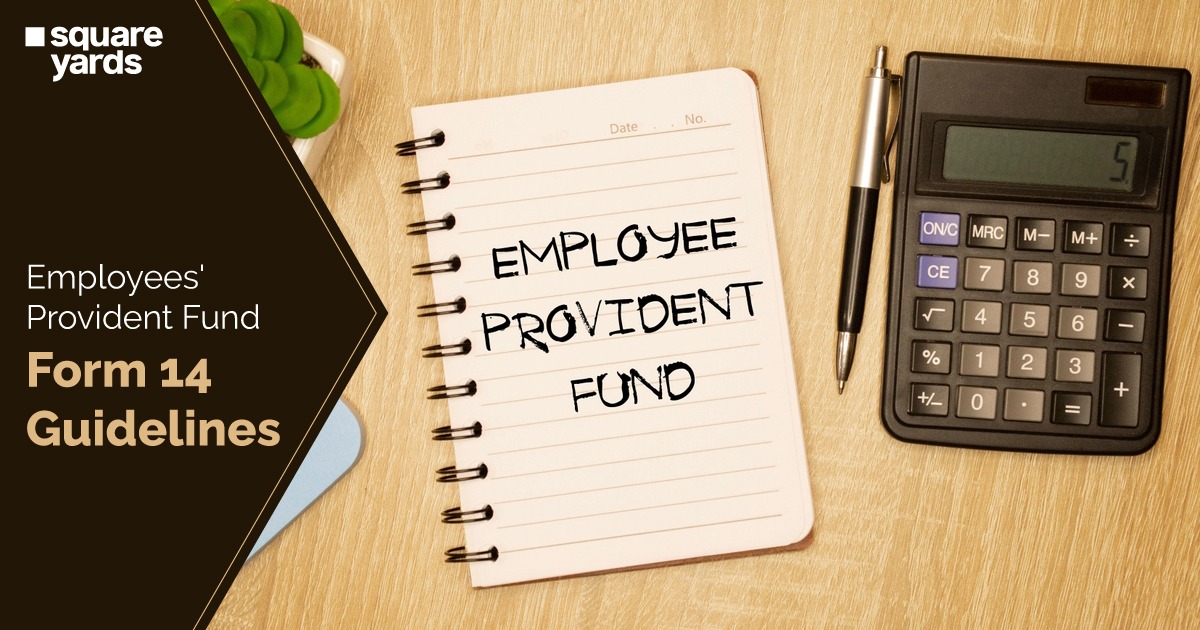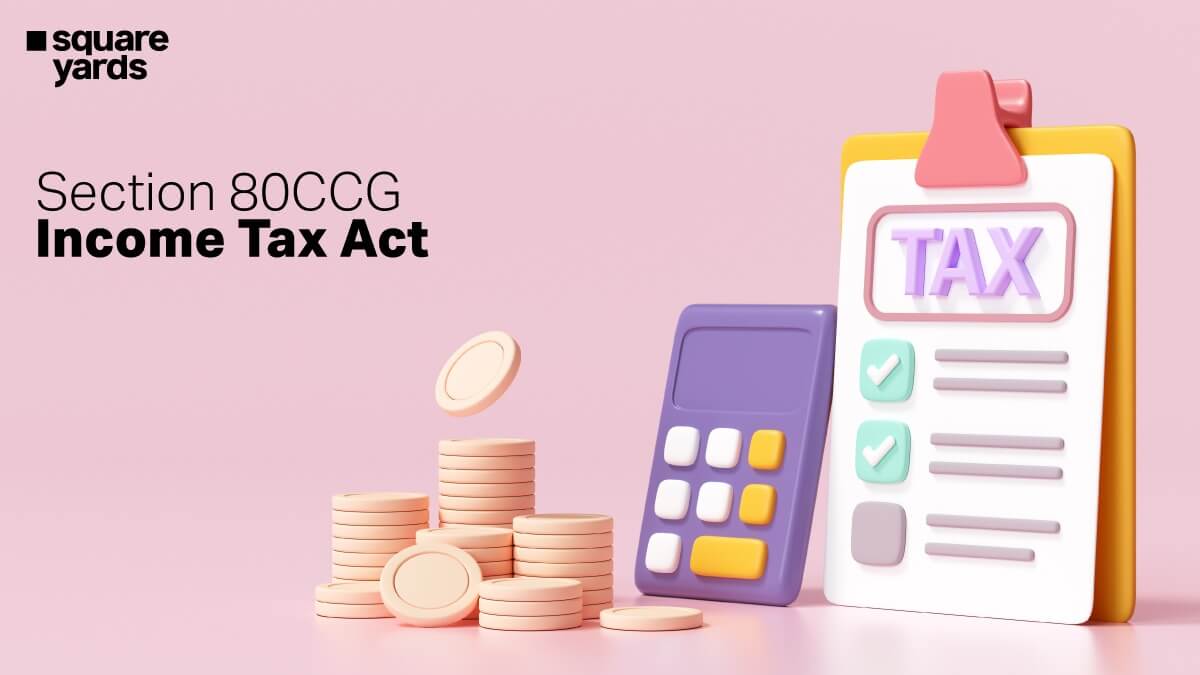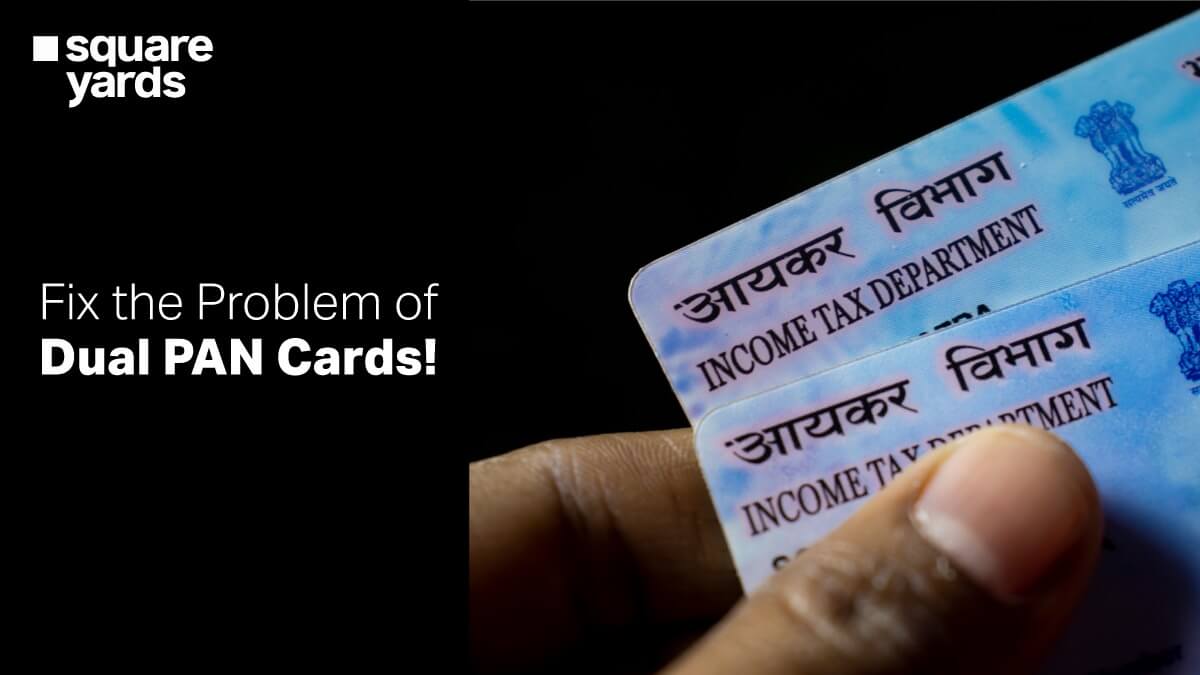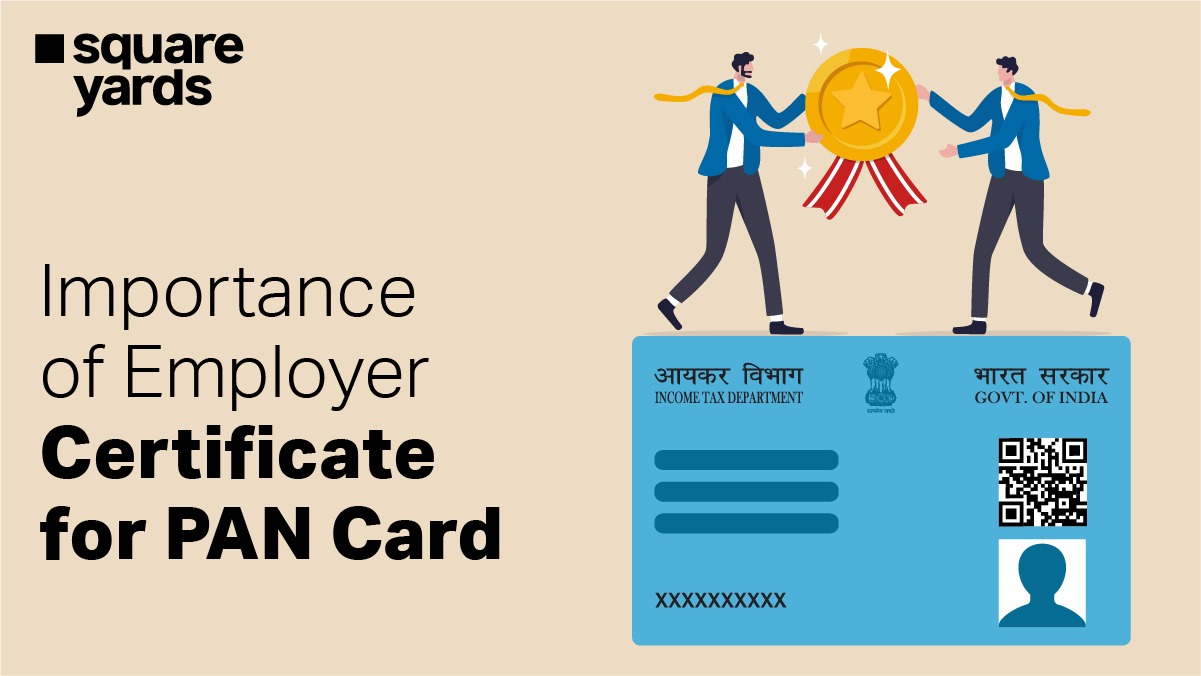The Aadhaar Enabled Payment System (AePS) is a form of payment gateway based on a specific identification code that enables effortless monetary operations. Moreover, by granting the Aadhaar card number, UIDAI also manages services including card generation, upgrading, and encrypting. This article discusses the objective, benefits & features, usage and transfer limit of AePS.
Table of contents
- What is Aadhaar Enabled Payment System (AePS)?
- Why Aadhaar Card is Important?
- Features of Aadhaar Enabled Payment System (AePS)
- Registration of Aadhaar Enabled Payment System (AePS)
- Documents Required to Use the AePS
- Why did the Government Launch AePS?
- Benefits of Aadhaar Enabled Payment System (AePS)
- FAQ’s about AePS
What is Aadhaar Enabled Payment System (AePS)?
AePS is a form of payment platform founded on the Unique Identification Number. It enables Aadhaar card holders to send and receive money with ease using Aadhaar-based validation. Using Aadhaar cards, the AePS system intends to enable all aspects of society by providing banking services to everyone. AePS allows you to make transactions, make payments, deposit funds, withdrawal of cash money, check your bank balance, and so on.
Customers can use their Aadhaar number to make transactions at the point of sale (PoS) or micro ATMs by giving Aadhaar authentication. However, it is a secured, and user-friendly system.
The National Payments Corporation of India (NPCI) has taken another step to boost digital payments in India. All payments can be completed through a Business Correspondent (BC) or a bank representative using a micro ATM. Apart from financial transfers, which must be done at a specific bank. Therefore, your bank account should be connected to Aadhaar in order to use AEPS.
Services Offered by Aadhaar Enabled Payment System (AePS)
The Aadhaar-enabled payment system offers a wide range of features. Evaluate the services provided by AEPS listed below:
- Payment money transfers between consumer-to-business (C2B) and Consumer-to-Government (C2G)
- To inquire about the remaining balance
- Making a money transfer
- Folks can perform payments with an Aadhaar card number
- BHIM verification mini-statement Aadhaar card payment
AEPS also offers Aadhaar replanting current reports, token demo authentication, e-Kyc, and other assistance.
Objective of Aadhaar Enabled Payment System (AePS)
The main objective of AePS is to create online services available such as withdrawal and deposit of cash easier, as well as to make payments less complicated, faster, and safer. Moreover, to complete the transaction, no file or signature is required.
Why Aadhaar Card is Important?
Since Aadhaar was first introduced in India, everyone was requested to submit their aadhaar biometric information. The biometrics consists of unique data gathered for each person. Thus, the collected data cannot be replicated because the Aadhaar number is unique, it is utilized for authentication. As a result, it serves as proof for transactions and signatures, physical document submission method has now been replaced with Aadhaar.
Features of Aadhaar Enabled Payment System (AePS)
The features of AePS are as follows:
- Only when the Aadhaar card is linked to bank details then transactions can be debited.
- An Aadhaar card user can use the system to conduct basic financial operations such as cash deposits, Intrabank & Interbank fund transfers, cash withdrawals, balance inquiries, and getting mini financial statements via banking correspondent.
Registration of Aadhaar Enabled Payment System (AePS)
To register for the AePS’s service the steps are as follows:
- Go to the nearest branch of the bank.
- Fill out your 12-digit Aadhaar card number in the Point on sale(POS) machine.
- Choose different kinds of transactions such as deposit of cash, withdrawal of cash, money transfer within bank/outside bank, inquiry of Balance, and get mini balance statements.
- Select the bank name and fill in the transaction amount details.
- Confirm the transaction details by using your scanned fingerprint.
- When the transaction is completed, fetch the receipt.
Documents Required to Use the AePS
In order to use the AePS, you don’t have to perform any paperwork to fill any forms. Although, it does require the applicant to link their Aadhaar card to their bank savings account. Some of the major documents required are listed below.
- Aadhaar card number
- Biometric
- Account number
- Name of the Bank
Don’t Miss Out!
Latest Documents on Aadhaar Card
| Aadhaar kyc | Aadhaar Paperless Offline ekyc |
| Aadhar Download | How to Download Aadhar Card Online? |
| Aadhar PVC Card | How to Download PVC Aadhaar Card? |
| mAadhar | Download mAadhaar app |
| Baal Aadhaar | How to Download Baal Aadhaar Card? |
| Aadhar Card Lost | How to Recover Lost Aadhaar UID & EID Number |
| Masked Aadhar | How to Download Masked Aadhaar |
| eaadhaar | Eaadhar Download, Benefits & Check E-Aadhar Status |
| WBPDS | How to Link Aadhar with WBPDS? |
| Aadhaar Scanner | How to Scan Aadhar using QR Code? |
| Jan Aadhar Card | How to Download Jan Aadhar Card? |
Transfer Limit for Aadhaar Enabled Payment System (AePS)
As of now, AePS haven’t set any limit for making transactions. Nevertheless, some banks have set daily transfer limits up to ₹ 50,000 to avoid misemploying.
Why did the Government Launch AePS?
The government’s goal is to integrate all residents into the financial system. However, opening bank branches across all rural areas is not practical. As a result, the government established AePS.It allows people in remote areas to transfer funds. Moreover, to use other financial/non-financial banking services through Micro ATMs and banking correspondence.
Iris recognition uses the best fingerprint detection and is required for transactions. However, signatures can be faked, but no fingerprints. Today, transactions have become secure because of biometrics. People do not have to bring their bank passbook or debit card for financial transfers. It is because their Aadhaar number and fingerprints will be requested and serve as identity proof, also by providing the service accessible to everyone.
Benefits of Aadhaar Enabled Payment System (AePS)
The following are the advantages of AePS for all segments of society:
- AePS is easy to use and it requires biometric information as well as the UIDAI Aadhaar card number to make payments.
- It gives support to those people who are less fortunate in society and have more influence.
- To make the transaction, users will not be able to enter their bank account information.
- Using Aadhaar identification, individuals may effortlessly check their bank accounts.
- Biometric data and an Aadhaar number are required, AePS, to make payments entirely secure.
- Micro Point-of-Sale machines may be transported to remote settlements, allowing users to perform payments with ease.
Points to Remember while Using the AePS
There are several factors that a person should take into consideration when conducting an AePS operation. Check out all the essential data pieces listed below to better grasp AePS money transfers.
- Your Aadhaar number must be linked to your savings account.
- If you hold numerous bank savings accounts, you must choose one among them to be utilised under AePS.
- There is no need for an OTP or privacy code to complete an AePS payment.
- Folks can only transfer money among Aadhaar-linked savings accounts.
- AePS transactions can be conducted using accounts from various banks. Individuals may, however, only use a single account to access these financial services.
Aadhaar Enabled Payment System’s New Update: RedBlue Revolution of AePS
According to the Reserve Bank of India’s (RBI’s) yearly report for 2021-22, nearly 32,57,251 rural financial services are present in India. It helps the rural population with numerous facilities, including cash deposits and cash withdrawals for AEPS (Aadhaar enabled payment system), transfers of funds, ATM and loan services, and more.
On the 75th anniversary of its liberation, India is witnessing the first ever ‘RedBlue Rebellion,’ a label project that aims at creating a separate identity for rural financial platforms. The stores will be labelled in the colour combinations of red and blue, which have customarily been used in the financial services and banking industries because red signifies development and power, and blue signifies security and confidence.
These critical viewpoints have helped the banking and financial services industries develop customer relationships. Furthermore, these locations are being alluded to as ‘Smart Banking Coordinates,’ which will aid in the creation of a more streamlined on-ground experience.
Spice Money is India’s biggest rural fintech. It has seen the issue of rural residents being unable to recognise a financial services branch in their local area. The majority of these stores also distribute a wide range of other goods. As a result, it becomes challenging to recognise or place a particular shop in a populated place, resulting in poor accessibility and thus low footfall, reducing rural individuals’ access.
Spice Money has initiated the ‘RedBlue Revolution’ to apply these branches in the minds of rural folks as ‘Smart Banking Points’ and guarantee that rural clients can simply locate a financial inclusion outlet in their districts. The company plans to achieve this across all enterprises offering financial services in India’s regional livelihoods to participate in the renaissance and make it a national occurrence.
Winding Up
The information in this blog will assist you in better understanding how to update your AePS. Moreover, it will also explain how this upgrade differs from previous AePS updates. Lastly, We hope you’ll find this information useful when it comes time to get your biometrics performed with AePS.
FAQ’s about AePS
Q1. Aadhaar Enabled Payment System (AePS)
Anyone can use a Micro ATM or a POS machine to make AePS payments. Now, you can deposit and withdraw from these machines up to 5 times per day. Thus, AePS transfers do not require your bank account information; instead, your fingerprint will sufficient.
Q2. What is the maximum amount of money you can withdraw from AePS?
The maximum cash withdrawal limit from AePS is ₹ 10,000 per transaction. AePS transactions have grown in popularity, especially after the outbreak of the pandemic. In December 2021, AePS processed a sum of 9.6 crores.
Q3. When was AePS launched in India?
In November of 2010, AePS was introduced. It is a bank-led platform that enables digital interoperability of financial transactions. However, making payments through point of sale (MicroATM) can be done by using Aadhaar verification or any bank’s Business correspondents.
Q4. Who can use AePS?
All transfers among Aadhaar-linked financial transactions are supported by AePS. Aadhaar can be connected to several bank accounts in order to use the AePS service. However, this function can only be used with one account per bank.
Q5. What facilities are offered through AePS?
The various services are available under AEPS transactions such as:
- Depositing of cash
- Withdrawal of cash
- Intrabank/ Interbank fund transfer
- Inquiry of balance
- Get a mini account statement
Q6. Who is the originator of AePS?
The India Post Payments Bank (IPPB) has imposed surcharges for the Aadhaar Enabled Payment System (AePS).
Q7. Which of the AePS companies are the best?
Yes Bank, RBL Bank, ICICI Bank, Kotak Mahindra Bank, and RBP Finivis Pvt. Ltd. are the top AePS API providing Industries in India.






































